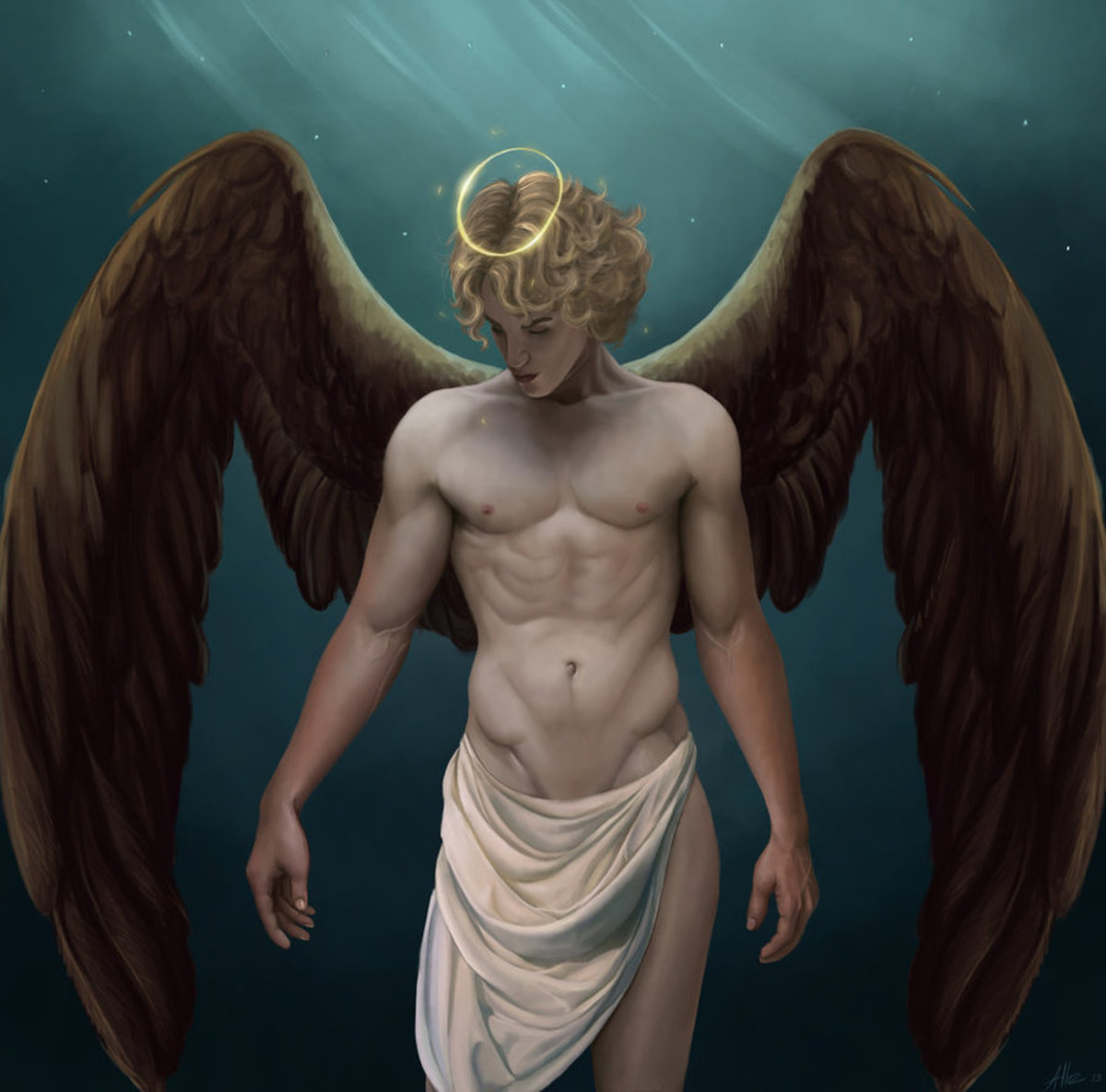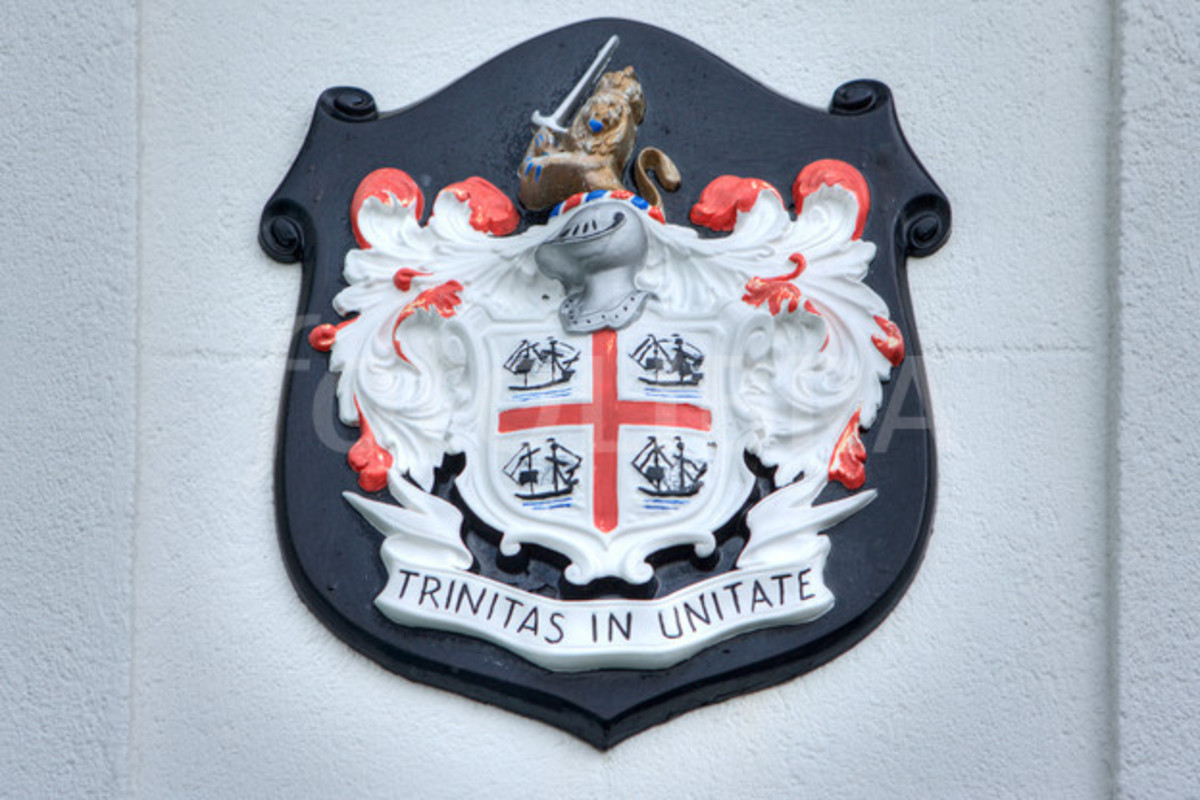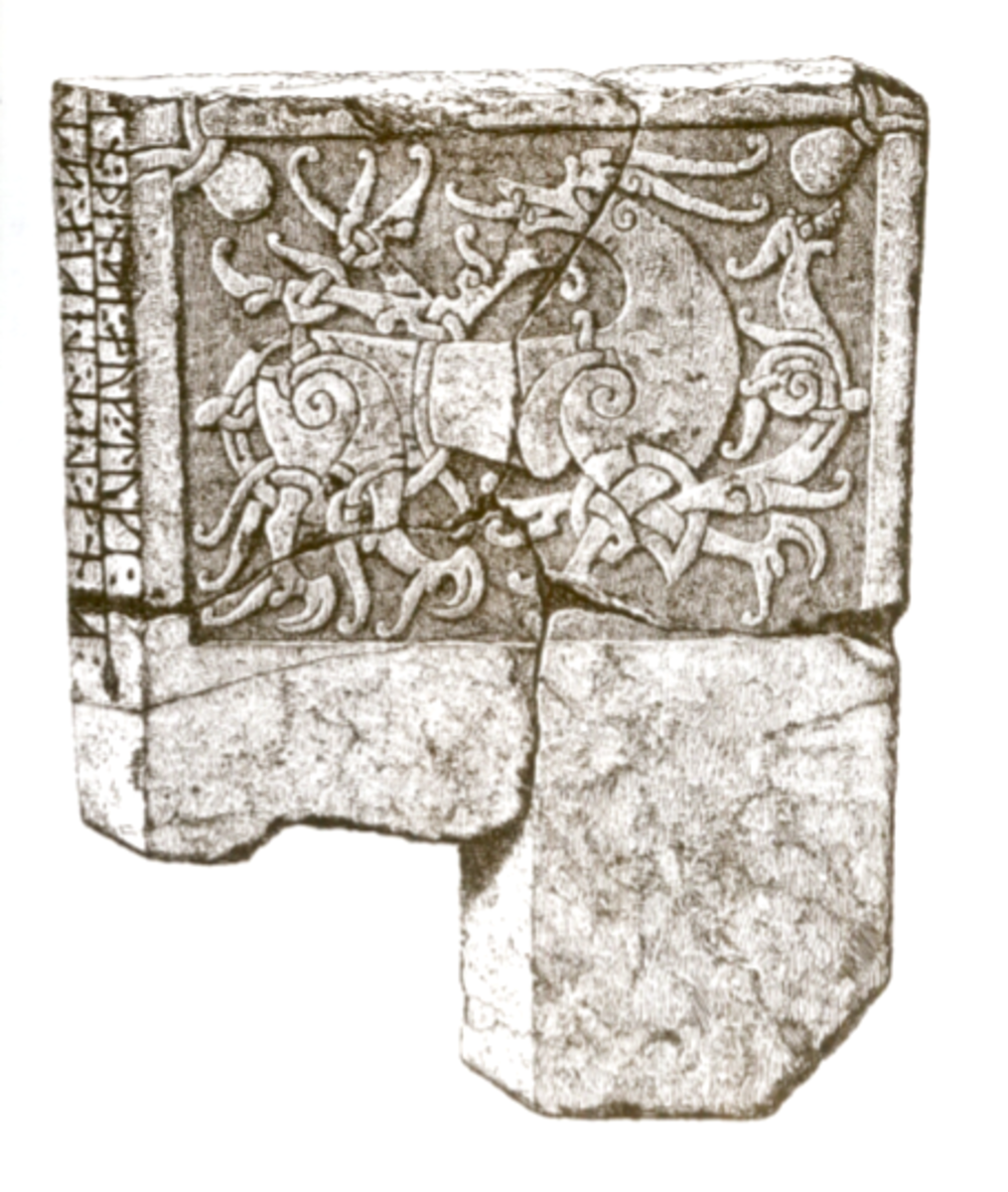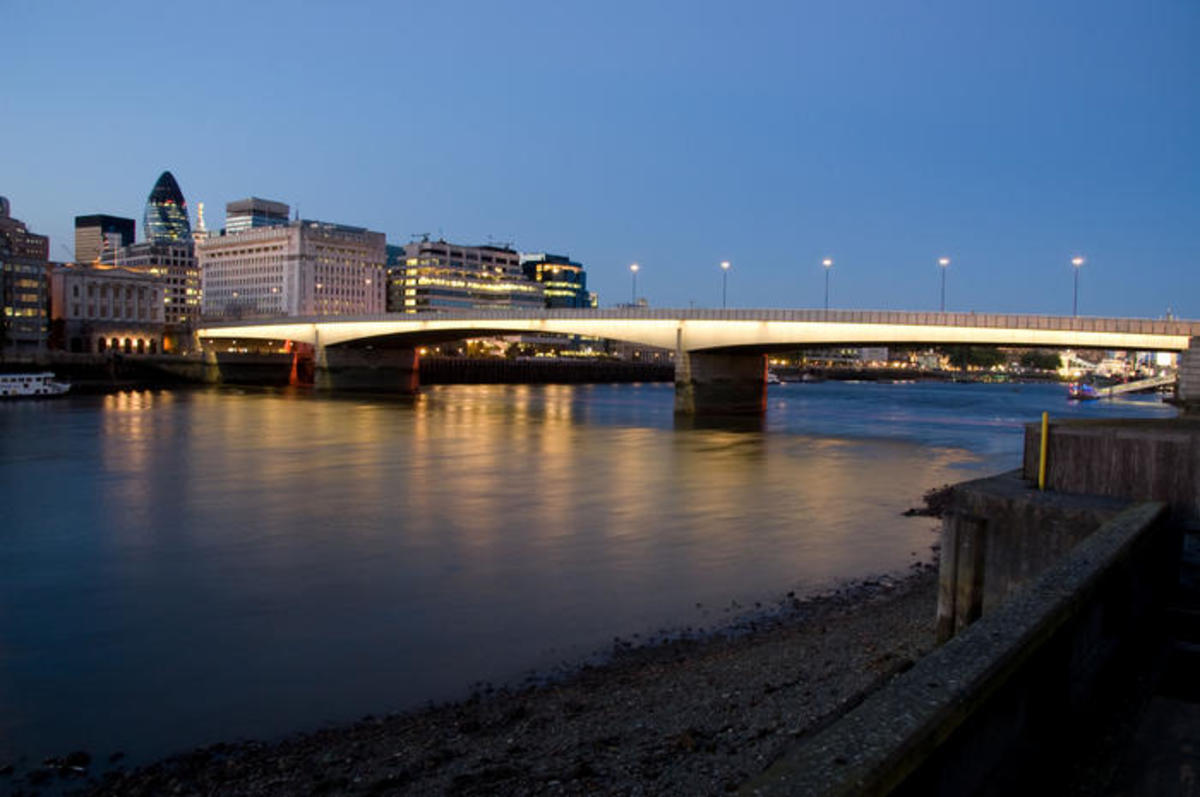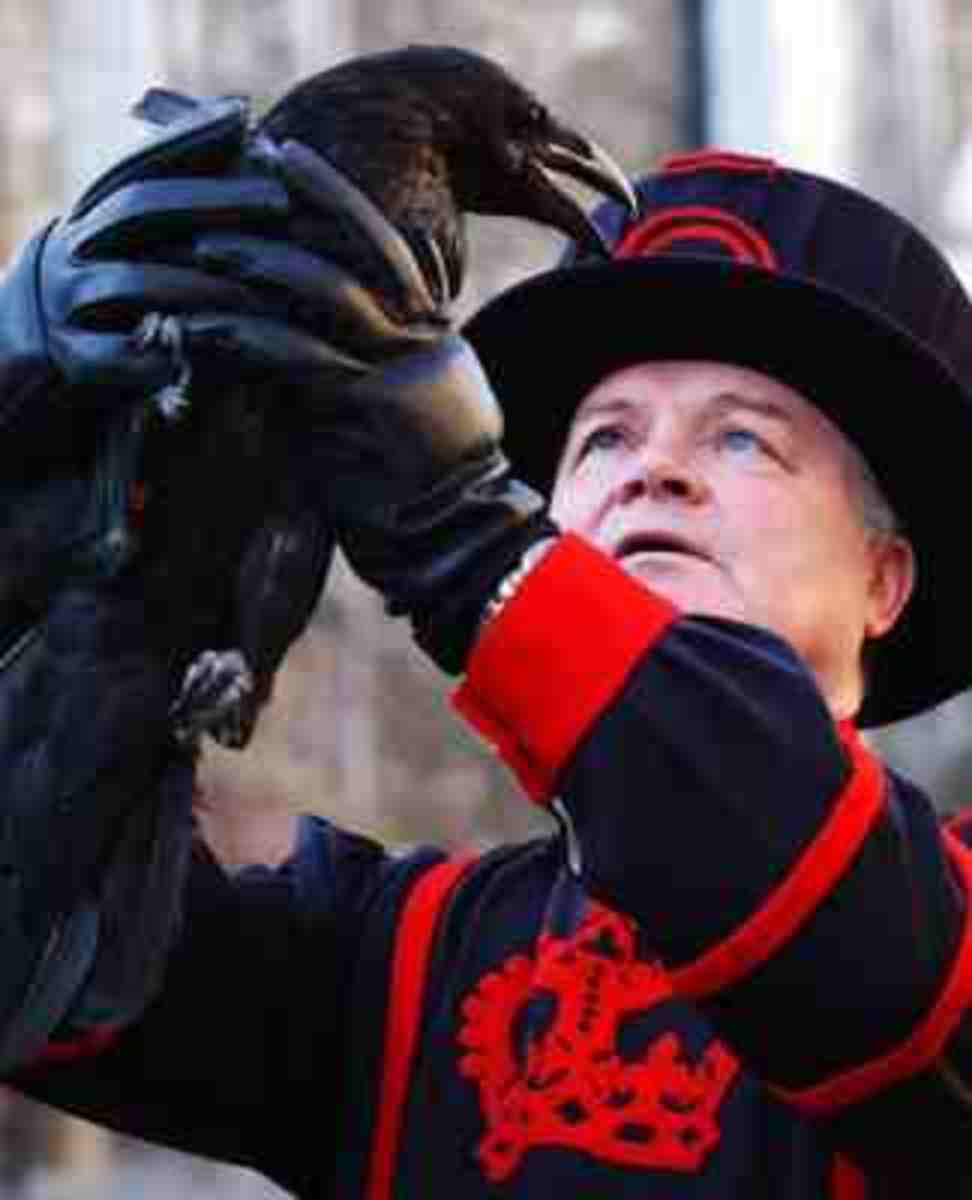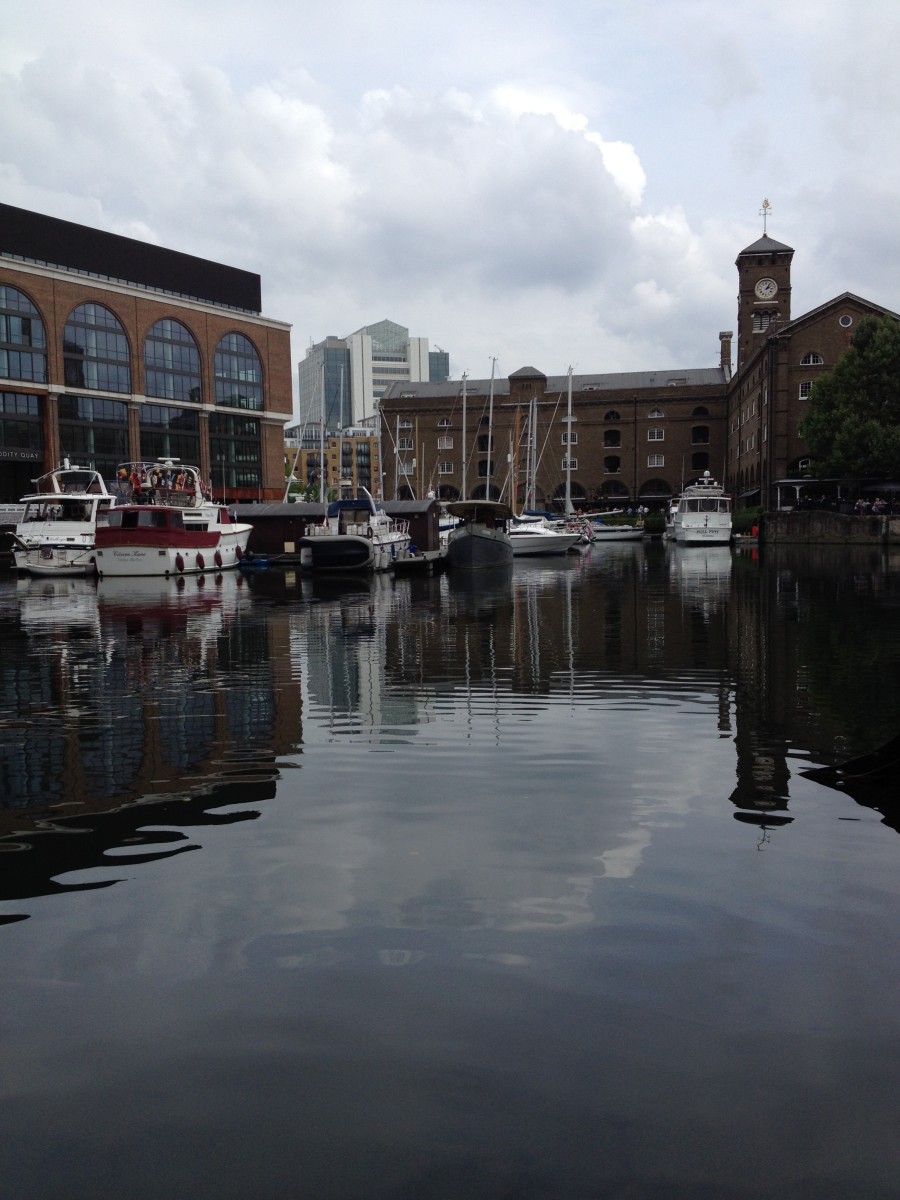- HubPages»
- Travel and Places»
- Visiting Europe»
- United Kingdom»
- England
Five Things You Never Knew About St. Paul’s Cathedral
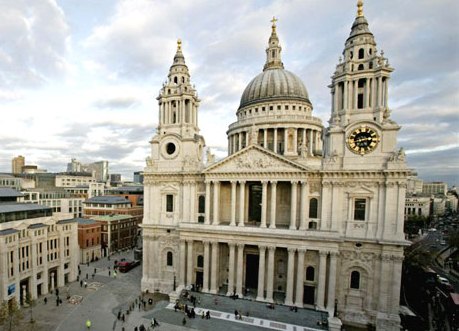
Based just under ten minutes' walk from Moorgate in the picturesque surroundings of its own churchyard and gardens, St. Paul's Cathedral remains not only one of the most recognisable landmarks in London, but also anywhere in the world.
As such, most of us could probably tell you a few facts about the building which has taken pride of place in London since it was first built in 604. You probably already know for example, that it's here where the state funeral was held for celebrated wartime Prime Minister Winston Churchill, and where the late Princess Diana married Prince Charles.
But with such a long, rich, history, there's a lot about this iconic London institution that perhaps isn't common knowledge. Here then, is our guide to five surprising facts that you never knew about St. Paul's Cathedral.
Surviving the War
As one of the most well-known and well-loved landmarks in England, it was no surprise when the Germans targeted St. Paul's Cathedral at the height of the Second World War. Two bomb strikes caused some damage to the cathedral in October 1940 and again six months later in April 1941, but it was the first attempt, on September 12th 1940, which threatened to reduce the Cathedral to rubble.
A time delayed bomb struck, but was thankfully defused by a London bomb squad before it could go off.
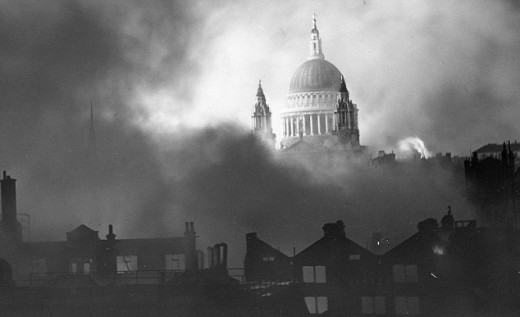
An earlier threat
That wasn't the first time St. Paul's Cathedral was threatened with a bomb scare. Almost thirty years earlier, in 1913, a bomb was hidden beneath the Bishop's thrown by suffragettes who wanted to raise awareness of their ongoing struggle. Luckily, the bomb was defective and failed to explode.
Some of the best views are over in the South Transept
Much has been made of the Cathedral's Golden Gallery and the stunning views it offers of the city, but there's an equally impressive sights to be enjoyed by heading out of the door to the south gallery over in the South Transept. You'll find this easy enough by looking for the grand statue of Horatio Nelson which stands here, before heading out to enjoy the spectacular scene of the Millennium Bridge and Tate Modern gallery laid out before you.
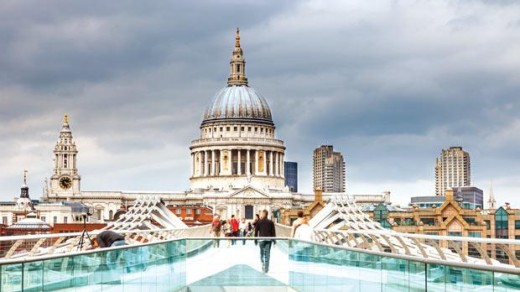
The earliest surviving article in the cathedral’s archives dates back to 1099
The William II Charter is a document written entirely in latin by King William II and which confirms the rights of St. Paul's to jurisdiction over their land and property. The original copy of this dates back to 1099/1100, and can be found among the cathedral’s artifacts at the London Metropolitan Archives.
The first English language New Testament bible is held in the collections
Published in 1526, William Tyndale's English language version of the New Testament was the first of its kind, and introduced phrases like 'broken hearted,' 'sign of the times,' and 'eat, drink, and be merry,' into the modern lexicon.
Tyndale's motives for producing his work was to get The Word out to the masses, arguing that church authorities were trying to 'keep the world in darkness,' by forbidding translations of the bible. Today, much of his original work remains intact in the form of the King James Bible, whilst a copy of the actual book can be found in the St. Paul's Cathedral Archives.

